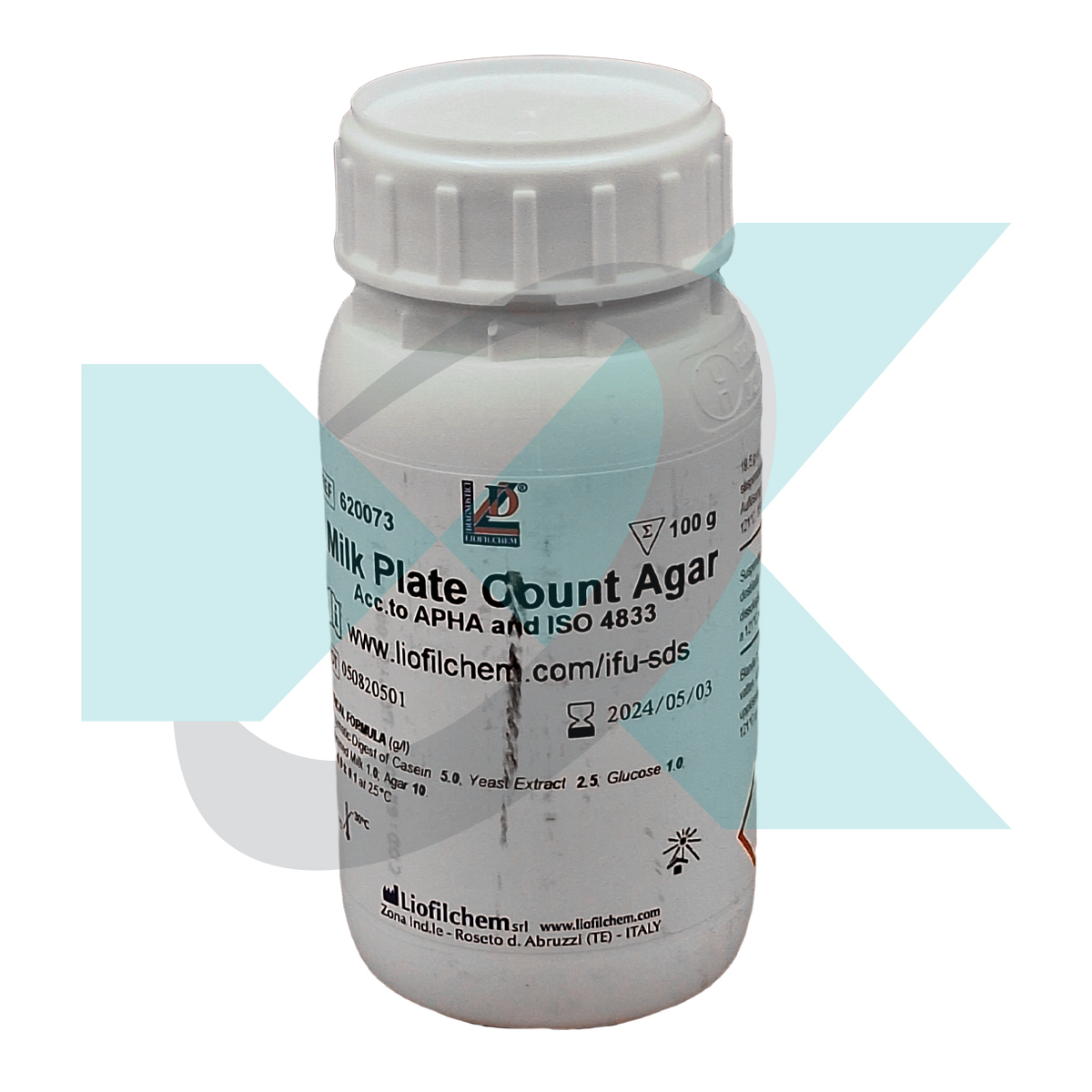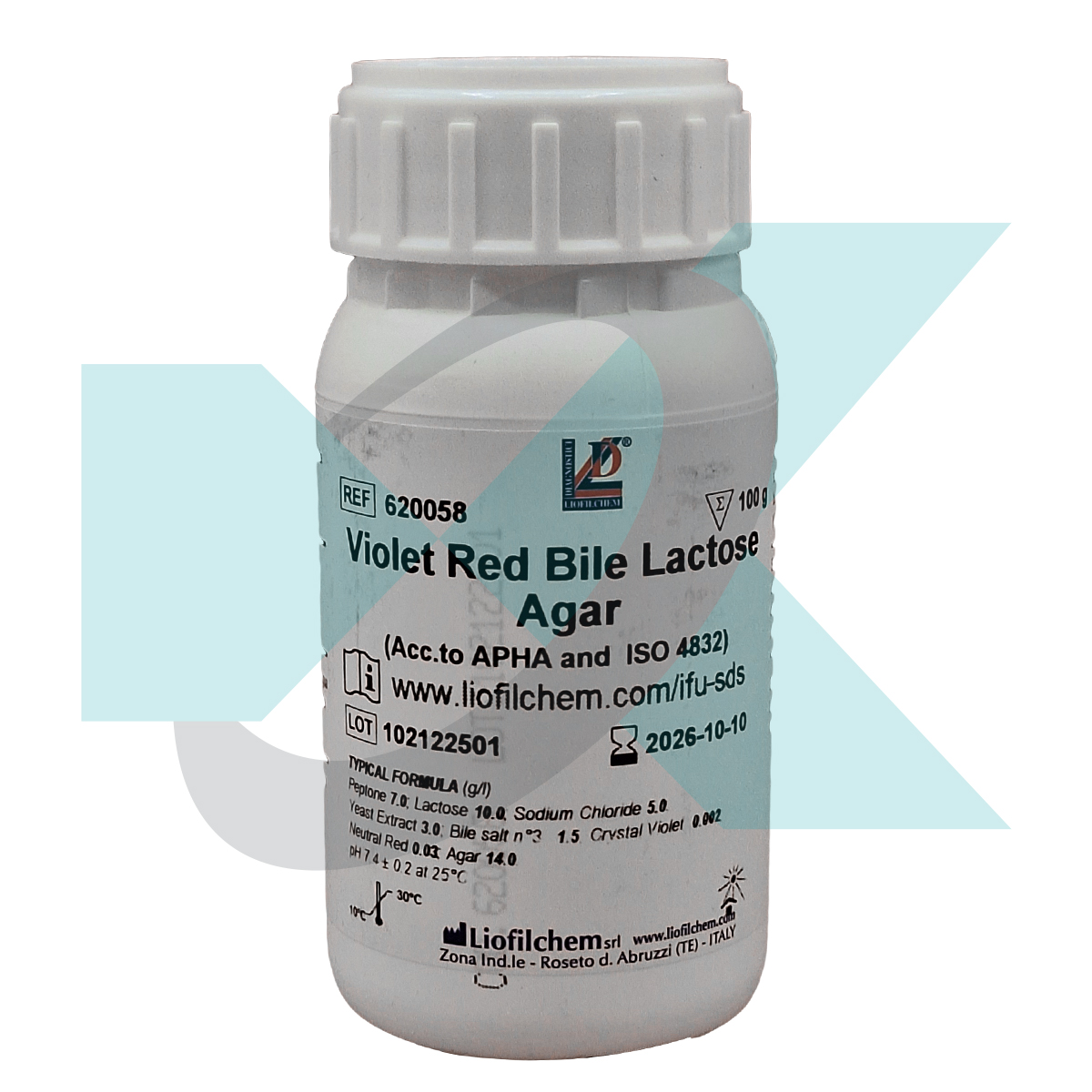Introduction
In microbiological analysis, the precise isolation and enumeration of yeasts and molds in foodstuffs and beverages are critical. Yeast Glucose Chloramphenicol Agar (YGC Agar) is a specialized medium designed for this purpose. This article explores the formulation, preparation, application, and significance of YGC Agar, adhering to the recommendations of the International Dairy Federation (FIL-IDF).
Product Description
Yeast Glucose Chloramphenicol Agar (YGC) is a selective medium employed for isolating and enumerating fungi, particularly yeasts and molds, in food and beverages. Comprising yeast extract, glucose, chloramphenicol, and agar, YGC Agar ensures a nutrient-rich environment, optimal for fungal growth. Yeast extract provides essential nutrients and vitamins, glucose serves as the fermentable carbohydrate, and chloramphenicol acts as a selective agent to inhibit bacterial flora. The final pH of the medium is 6.6 ± 0.2 at 25°C. Available in different formats like plates and bottles, YGC Agar is an essential tool in food and dairy microbiological analysis.
Composition and Principle
YGC Agar’s formula includes 5.0 g/l yeast extract, 20.0 g/l glucose, 0.1 g/l chloramphenicol, and 18.0 g/l agar. The yeast extract is a rich source of B-group vitamins, while glucose acts as an energy source for fungal growth. Chloramphenicol effectively inhibits contaminating bacteria, enhancing the recovery of injured fungal cells. Agar provides the solid matrix for colony development.
Preparation and Sterilization
To prepare YGC Agar, 43.1 g of the powder is suspended in 1 liter of distilled or deionized water, boiled until completely dissolved, and then sterilized in an autoclave at 121°C for 15 minutes. For ready-to-use plates, the medium is cooled to 45-50°C before distribution into Petri dishes.
Testing Procedure and Interpretation
Samples are diluted in a suitable diluent, like 1/4-strength Ringer’s Solution, and inoculated onto the medium using pour or spread plating methods. For larger sample volumes, membrane filtration can be employed. Plates are incubated aerobically at 25 ± 2°C for up to 5 days. Colonies are counted on plates with 15-300 colonies, distinguishing yeasts from molds by colony morphology. Results are reported as yeasts and molds per gram or milliliter of the sample.
Storage, Shelf Life, and Quality Control
YGC Agar in dehydrated form is stored at 10-30°C in a dry environment, with a shelf life of 4 years. Bottles and prepared plates should be stored at 10-25°C, away from light. Quality control involves inoculating plates with specific fungal strains like Aspergillus brasiliensis, Candida albicans, and Saccharomyces cerevisiae, ensuring the medium’s productivity and selectivity.
Conclusion
Yeast Glucose Chloramphenicol Agar is a pivotal medium for fungal analysis in the food and dairy industries. Its selective composition, adherence to international standards, and versatility in application make it an indispensable tool for ensuring the microbiological safety of foodstuffs and beverages.


















نقد و بررسیها
هنوز بررسیای ثبت نشده است.